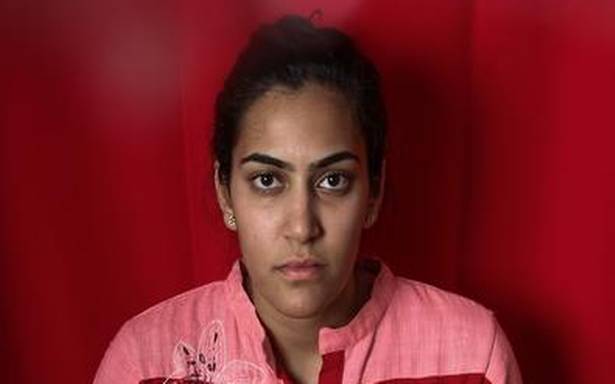Before the advent of online shopping, buying clothes were a once-in-a-while affair. But all of that has changed now. That brocade-work kurta you saw at a retail store for a jaw-dropping price? It’s 50% off online, so we might as well buy it before the sale runs out. Sexy four-inch heels that will probably set you back three-months’ rent? No biggie.
But can consumption like this, without paying heed to the cost — be it environmental or labour — be sustained? That is something the slow fashion movement tries to answer, says fashion curator and founder of Ikkivi, a global clothing and accessories store, Nivi Murthy.
“It’s cheap, so let’s buy it anyway — that’s the attitude that fast fashion industry has created,” says Murthy, who herself is a conscious buyer. Slow fashion, or the art of buying a quality product hailing from sustainable practices only when needed, is something that is catching on in India. And on Ikkivi (founded by her and a friend in 2015) she curates products from designers who adhere to that concept. “By showing people what goes into making a quality garment, you are encouraging customers to buy into the concept. And they value the product more too,” she says.
Brands to watch for
- Sillage, based out of Hyderabad, uses handspun cotton khadi and organically dyed fabrics
- Taaka combines sizes in order to cater to a larger market, while also minimising waste
- Everlane, a US-based brand, incorporates technology into their workflow and is transparent about their processes regarding recycling, payment of wages and more
- Reformation, another US-based brand, gives out statistics on how much is consumed in the process of making the products
- No Nasties, Ikkivi’s first step in expanding their product category to basics and affordable pricing
The first step while looking for designers to add to the website was to have one-on-one conversations about their brand, their clothing, how they source their fabrics, whether they pay their employees fair wages and so on. “We have just about established a set of standards to follow, not fully implemented yet, but we’re on our way,” says Murthy, who has a degree in fashion merchandising from New York’s Fashion Institute of Technology.
But ‘sustainable’ means different things to different people. Can one set of standards be enough fit all of them? She muses, “‘Sustainability’ is kind of vague, yes. It’s difficult to say that designers are ‘sustainable’ or ‘ethical’ because there are different methods of doing that. But I feel they’re all moving towards having a less harmful impact on the environment.” On the movement picking up in India, she says, “A lot of the new, young designers are conscious about this, as are the consumers. We’re at the right point where we can educate millennials and Gen Z, as this is the time they begin making choices in their lives,” says Murthy.
But she also acknowledges the challenges — affordability is a major problem. “I’m given to understand that it’s a problem all over the world. But as popularity grows, prices will drop,” she says.

